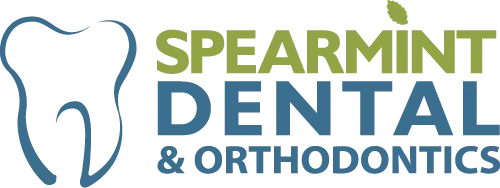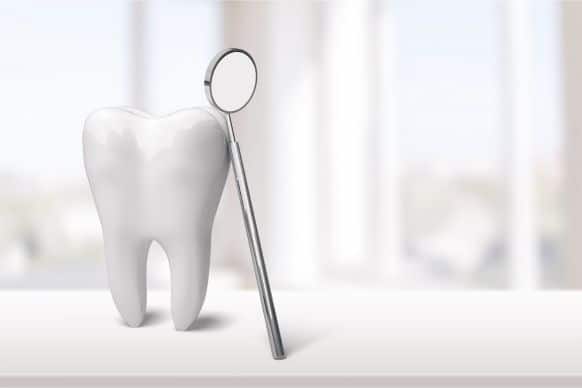Introduction:
Many people view a healthy smile as representing their well-being, self-assurance, and beauty. But only some are lucky enough to have a harmonic bite and perfectly aligned teeth. Malocclusions, or misaligned bites, can affect people of all ages and cause various dental and general health problems. This article explores the origins, consequences, and possible treatments for misaligned bites, highlighting the need to treat this prevalent dental issue.
Causes of Misaligned Bites:
- Genetics: Genetics is a major contributing element to misaligned biting. People with a family history of malocclusions are more prone to face comparable dental problems. The size, form, and alignment of teeth inside the jaw can all be influenced by genetic factors.
- Childhood Habits: Certain childhood practices can significantly influence the development of misaligned bites. Alignment problems can arise from the pressure that growing teeth and jaws experience during thumb-sucking, extended pacifier usage, and tongue thrusting.
- Premature Tooth Loss: When baby teeth are lost too soon and not replaced properly, neighboring teeth may move to cover the space. This movement may cause malocclusions by upsetting the teeth’s normal alignment.
- Jaw and Facial Injuries: Misalignments can result from trauma to the face or jaw sustained in sports-related incidents or accidents. An uneven bite can result from fractures or dislocations that change the teeth’s normal alignment.
- Abnormal Jaw Development: Misaligned bites can be caused by several conditions, including diseases of the temporomandibular joint (TMJ), anomalies in the development of the jawbones, and under or overgrowth of the jawbones.
Effects of Misaligned Bites:
- Dental Issues: A malocclusion can lead to dental issues, such as uneven tooth wear, a higher risk of cavities, and trouble keeping your teeth clean because they are crowded or overlapped.
- Speech and Pronunciation Difficulties: Speech patterns can be affected by a misaligned bite, which can cause problems with pronunciation and communication. A person’s social interactions and sense of self-worth may suffer.
- Temporomandibular Joint (TMJ) Disorders: TMJ issues can arise due to misaligned bites, leading to pain, discomfort, and limited movement in the jaw joint. Headaches, face discomfort, and trouble eating might result from this.
- Digestive Issues: The initial stage of digestion is chewing. An improperly positioned bite might hinder chewing and result in insufficient food particle breakdown. Digestion problems and difficulties absorbing nutrients may arise from this.
- Psychological Impact: The appearance of misaligned teeth can affect a person’s confidence and self-worth. Insecurities about appearance and psychological strain might result from wanting to straighten teeth.
Solutions for Misaligned Bites:
- Orthodontic Treatment: Braces and clear aligners are standard orthodontic procedures used to treat misaligned bites. Clear aligners offer a discrete, removable solution for mild to moderate misalignments, while braces use light pressure to move teeth into their correct positions gradually.
- Retainers: To preserve the straightened tooth alignment following orthodontic treatment, retainers are frequently recommended. They help prevent recurrence andd help maintain the teeth in their new positions over time.
- Surgical Interventions: Surgical methods could be advised in extreme situations of misaligned biting. Orthognathic surgery, sometimes called jaw surgery, corrects significant variations in the size and location of the jaw, improving function and attractiveness.
- Dental Crowns and Bridges: In cases where tooth loss has contributed to the misalignment, dental crowns, and bridges can be utilized to replace missing teeth while maintaining proper spacing and alignment.
- Behavioral Modification: Misaligned bites can be avoided by treating bad behaviors in children, such as tongue pushing and thumb-sucking. Implementing behavior modification approaches and orthodontic evaluations as early intervention measures is imperative.
Conclusion:
Understanding the origins, effects, and remedies for misaligned bites is vital for maintaining good dental health and general well-being, especially for those in Wichita Falls. Although hereditary factors contribute, early detection and treatment can lessen the effects of malocclusions. It is essential to seek expert guidance from dentists and orthodontists, particularly Dentists in Wichita Falls, to create customized treatment regimens that cater to each patient’s needs and guarantee a lifetime of healthy, aligned teeth. People in Wichita Falls may take action to enhance their overall quality of life and oral health by realizing the importance of a healthy bite.

